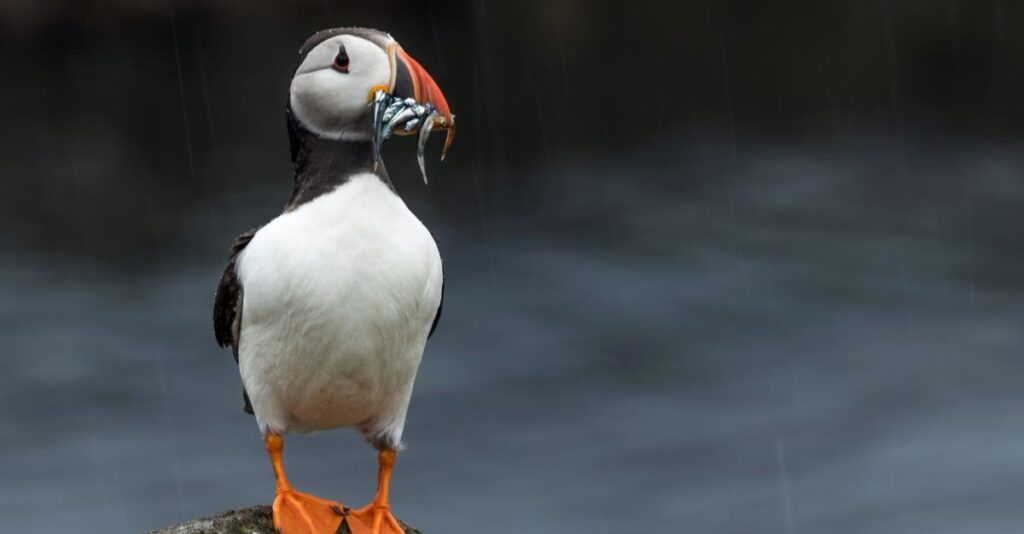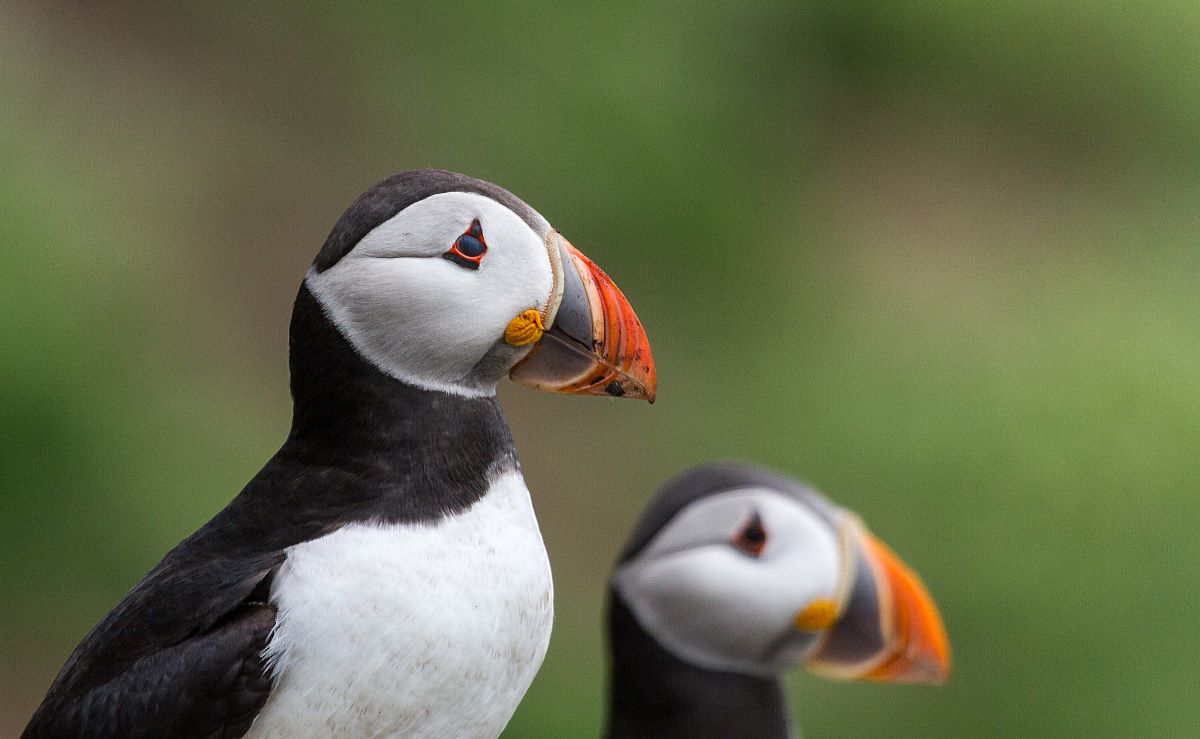
Isle of May: Numbers of puffins at one of UK’s largest colonies increase by a third
Numbers of puffins at one of the UK’s largest colonies on the Isle of May have increased by around a third since 2017, experts have revealed.
Scientists estimate there are around 52,000 occupied puffin burrows on the Isle of May nature reserve, compared to 39,000 in the last survey in 2017 – a 33% increase.
But the UK Centre for Ecology & Hydrology, who carried out the research with NatureScot, remain concerned about the ongoing impact of food supplies and climate change on populations.
The Isle of May National Nature Reserve in the Firth of Forth is a protected and internationally important habitat for seabirds.
It is home to around 100,000 puffins as well as tens of thousands of other birds including shags, guillemots, razorbills and kittiwakes.
‘People come from all over the world to see the iconic Isle of May puffins so it’s fantastic news the population of these brilliant and hardy birds has increased,’ said David Steel, manager at the nature reserve.
‘Seabirds across the UK are facing multiple challenges, including marine heatwaves, climate change and of course in recent years for some species, bird flu, so we’re delighted with this news.

Credit: Heather Harris
‘We will be monitoring these birds closely as the summer progresses and hope they continue to have a good year.’
UKCEH has been monitoring colonies on the Isle of May for 50 years, and its long-term research has shown that species have struggled with the impacts of climate change.
Despite the good news, Mark Newell, UKCEH’s field manager on the Isle of May, warns this figure may mask a recent decline in the species.
‘This increase in numbers of puffins came as a bit of a surprise to us,’ he said.
‘Each year we follow a small colony of birds that are fitted with coloured identification rings, and the number we have seen has been below average in the last two years.
‘There was a period of high breeding success and survival for more than 10 years prior to this, and we believe that the population increased substantially after the 2017 count.’
Rising ocean temperatures can reduce the availability of puffins’ food sources, particularly sandeels, which affects their survival rates and ability to produce offspring.
Periods of heavy storms in recent years have killed large numbers of birds, but there is no evidence that bird flu has been a problem with puffins on the Isle of May.
Puffin facts
Puffins’ offspring are known as pufflings.
The young spend their first three years of life entirely at sea.
Puffins spend winters out at sea, with members of the Isle of May colony remaining in the North Sea or going west of Scotland into the Atlantic.
Females lay a single egg during the breeding season, using the same burrow every year.
The birds begin breeding at around five years old and mate for life.
Puffins live to around 20 years old, with the oldest recorded as living to 42 (on the Isle of Canna).
Atlantic puffins (Fratercula arctica) are found around the UK, Ireland, Iceland, Norway, Russia and Canada. They are related to the tufted and horned puffins found in the northeastern Pacific.
Puffins are part of the auk family, which also include guillemots and razorbills.
Read more Wildlife stories here.
Subscribe to read the latest issue of Scottish Field.
TAGS

